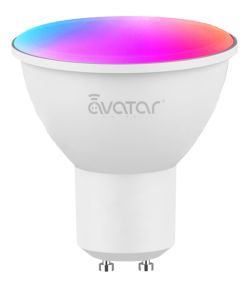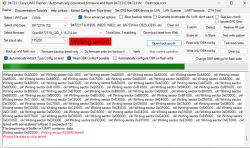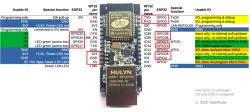Hi! I came here to post my teardown of the Topgreener TGWF115PQM. They were on sale recently for $14.99 for a four pack but now they're back up to $29.99.
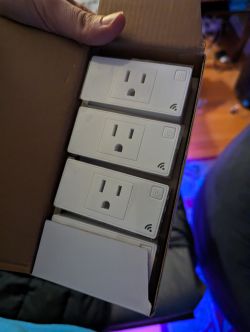
The plug itself was pretty easy to get open, I just had to break the glue holding the tabs at these 4 spots and then pry it open from one end.

The PCB itself just pulls out, you don't have to desolder the plug pins or anything:
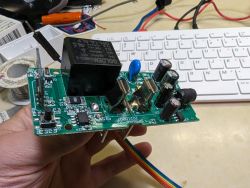
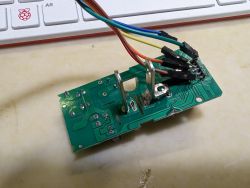
Here is a closeup of the wifi module. Clearly a C2BS BK7231N
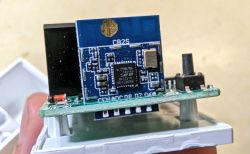
I tried flashing it over serial, but the button is connected to the UART's RX pin and I kept getting "Cannot get bus."
I was able to get tuya-cloudcutter to flash them all sucessfully so that's the method I went with.
The pinout is as follows:
P6 - BL0937CF1
P7 - BL0937CF
P8 - LED (inverted) (1)
P10 - Button (1)
P24 - BL0937SEL
P26 - Relay (1)
That is hopefully all of the information that's needed, but feel free to ask if you have any questions. I had no trouble setting up OpenBK7231T_app via tuya-cloudcutter. The firmware version was 1.1.8 and they were listed correctly in the database. The above configuration has been tested in OpenBK7231T_app and seems to be working correctly after being calibrated with a 100w light bulb and a kill-a-watt.
Good work to everyone involved, this was much less painful than using tuya-convert!

The plug itself was pretty easy to get open, I just had to break the glue holding the tabs at these 4 spots and then pry it open from one end.

The PCB itself just pulls out, you don't have to desolder the plug pins or anything:


Here is a closeup of the wifi module. Clearly a C2BS BK7231N

I tried flashing it over serial, but the button is connected to the UART's RX pin and I kept getting "Cannot get bus."
I was able to get tuya-cloudcutter to flash them all sucessfully so that's the method I went with.
The pinout is as follows:
P6 - BL0937CF1
P7 - BL0937CF
P8 - LED (inverted) (1)
P10 - Button (1)
P24 - BL0937SEL
P26 - Relay (1)
That is hopefully all of the information that's needed, but feel free to ask if you have any questions. I had no trouble setting up OpenBK7231T_app via tuya-cloudcutter. The firmware version was 1.1.8 and they were listed correctly in the database. The above configuration has been tested in OpenBK7231T_app and seems to be working correctly after being calibrated with a 100w light bulb and a kill-a-watt.
Good work to everyone involved, this was much less painful than using tuya-convert!
Cool? Ranking DIY



